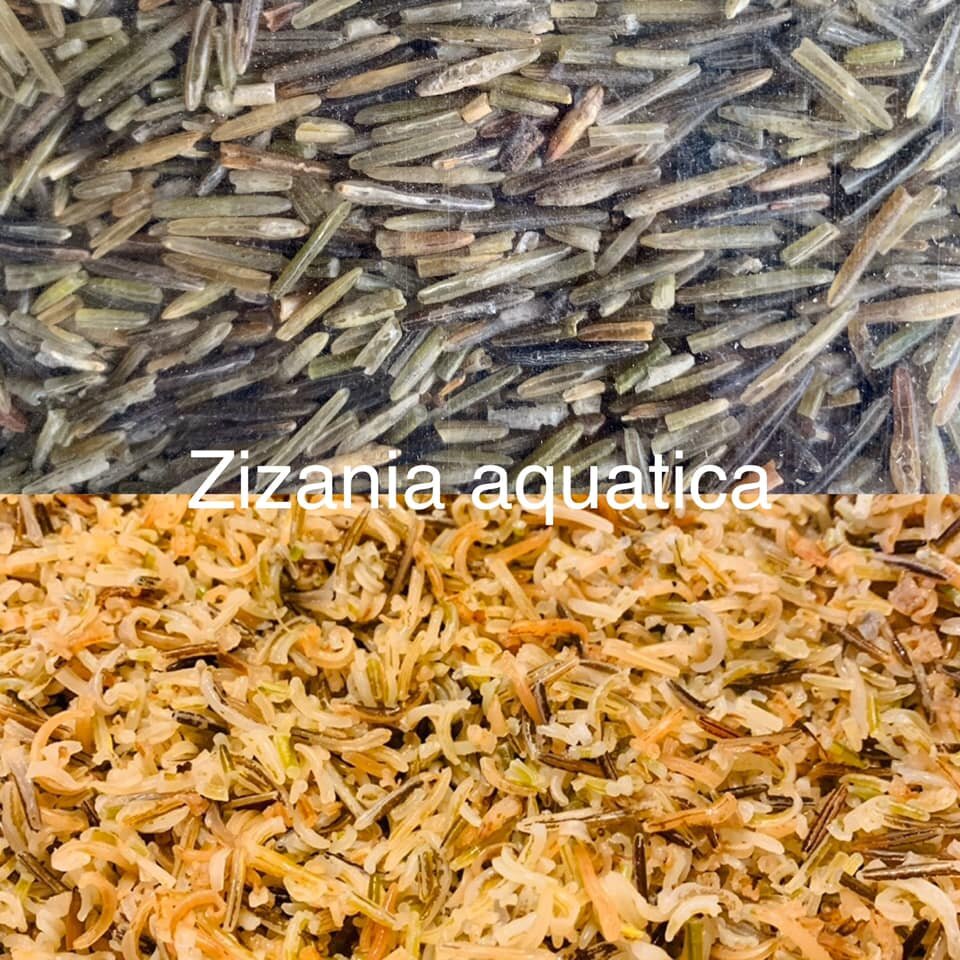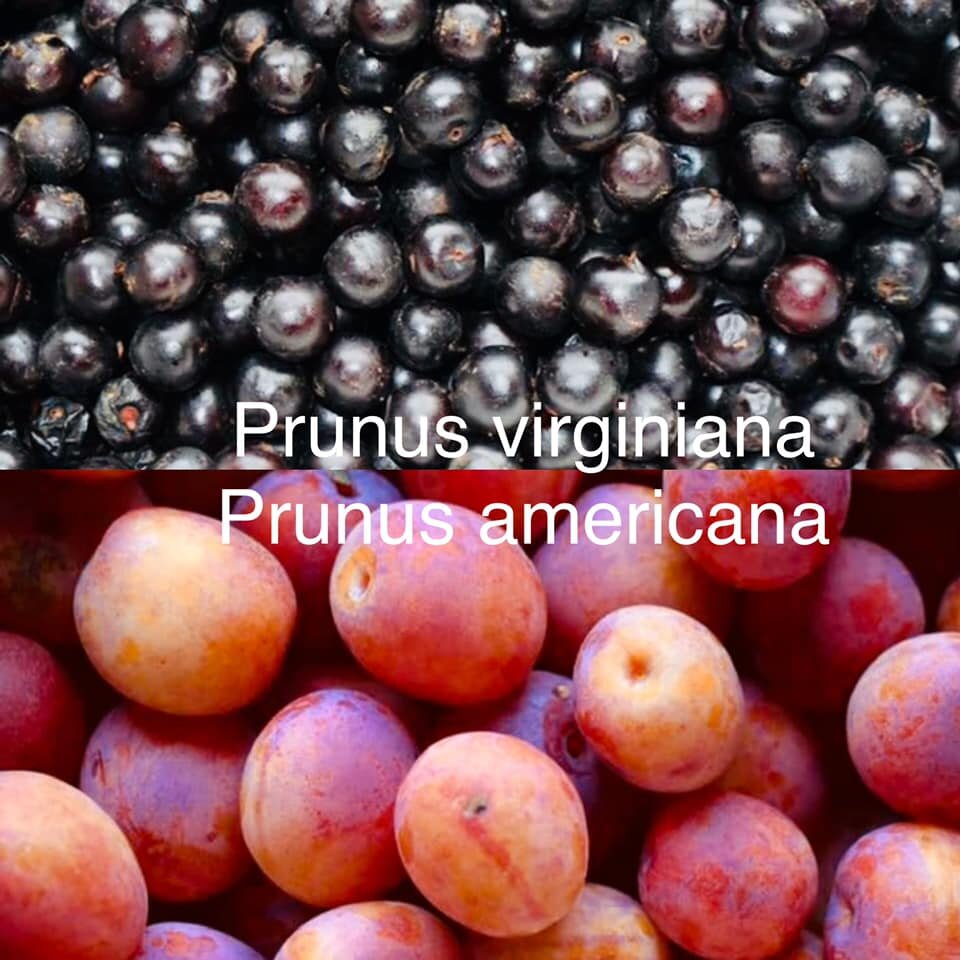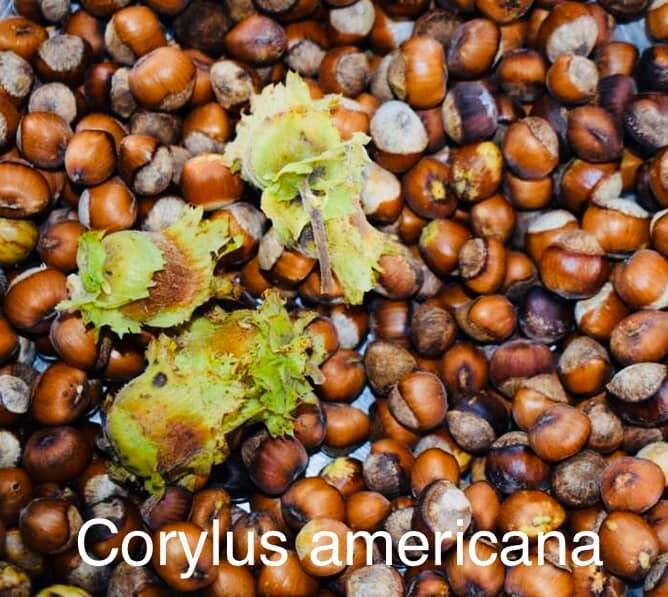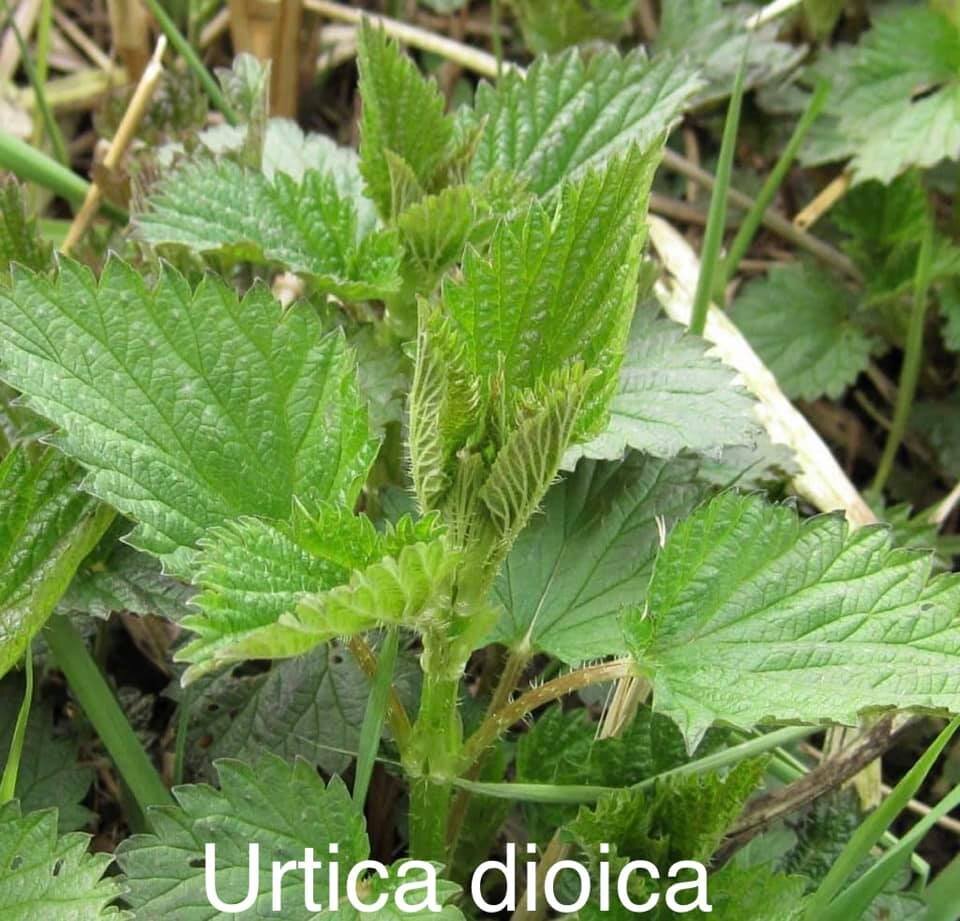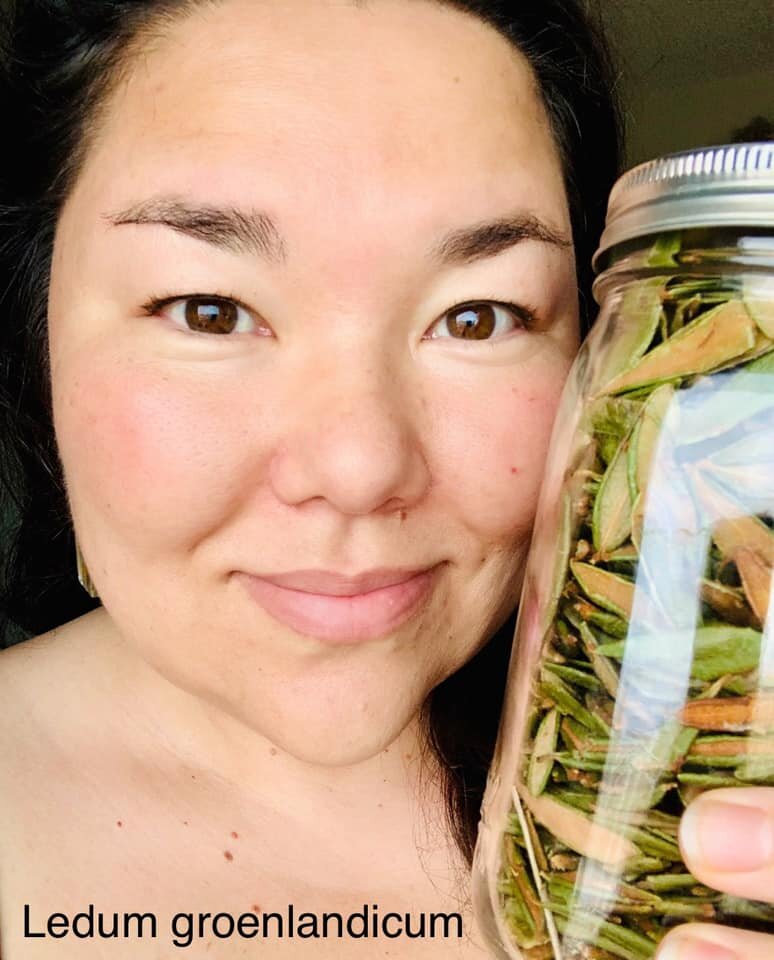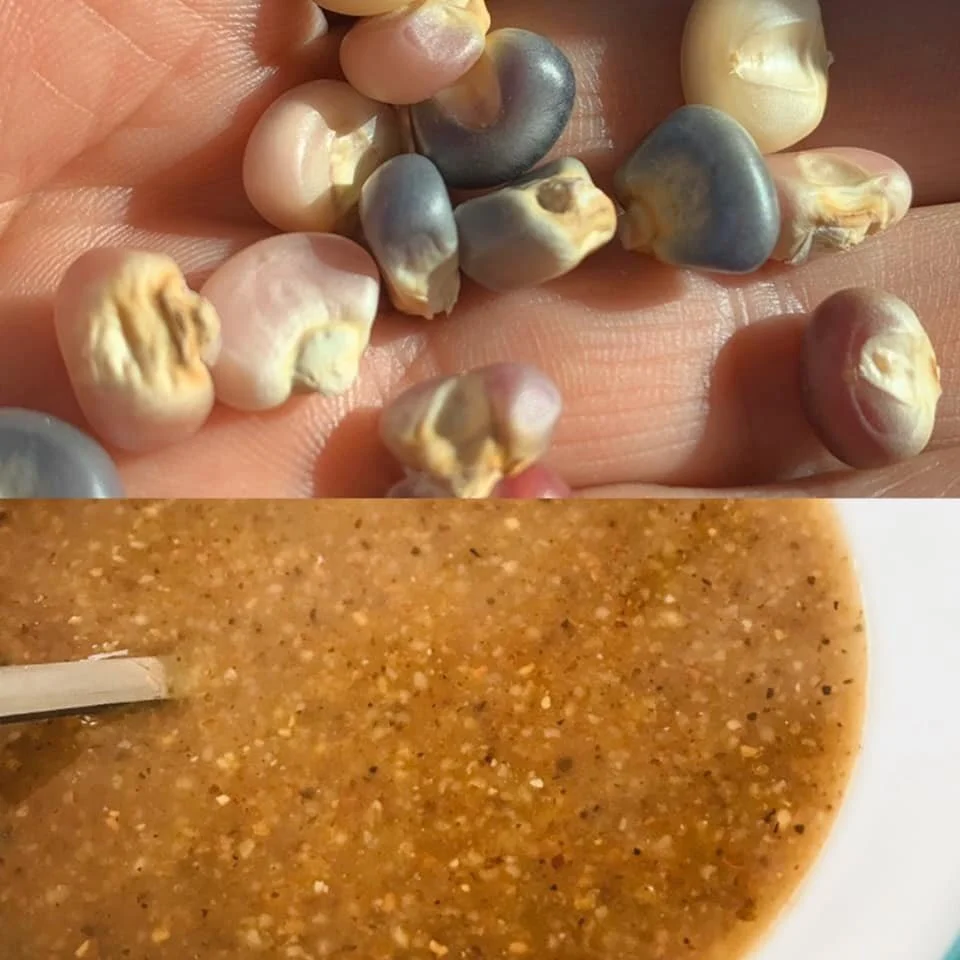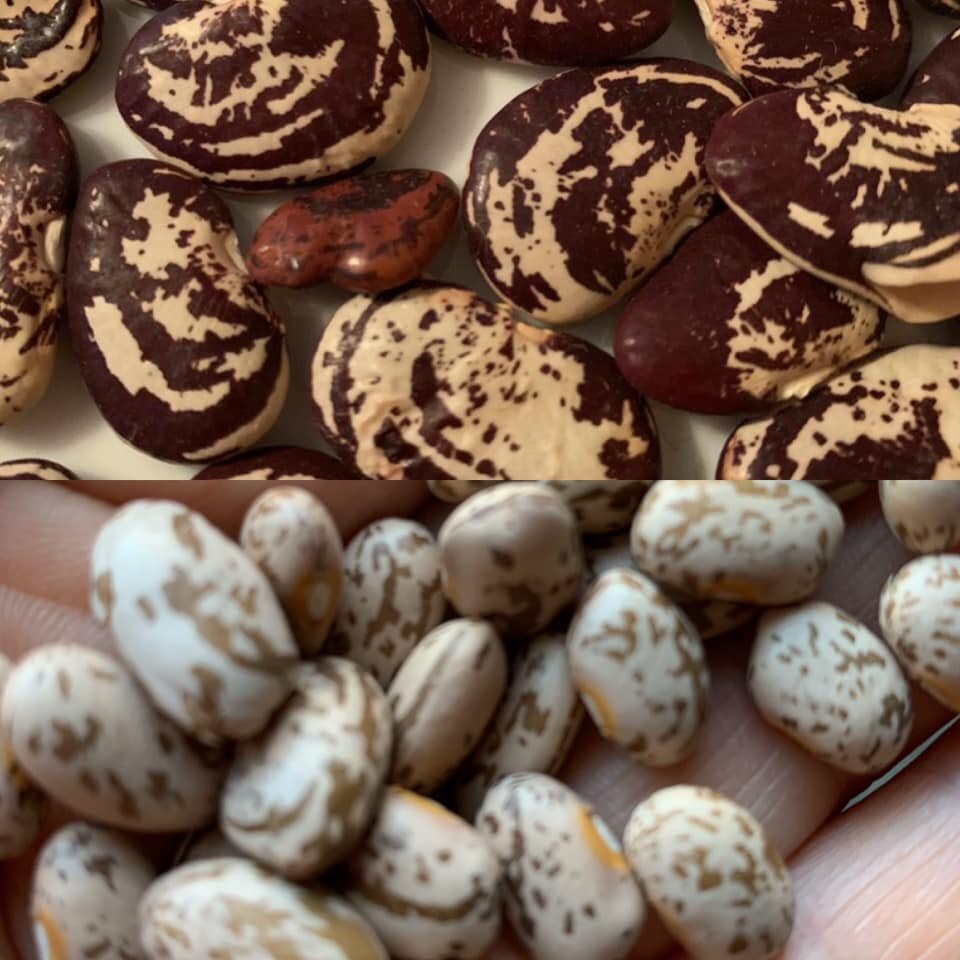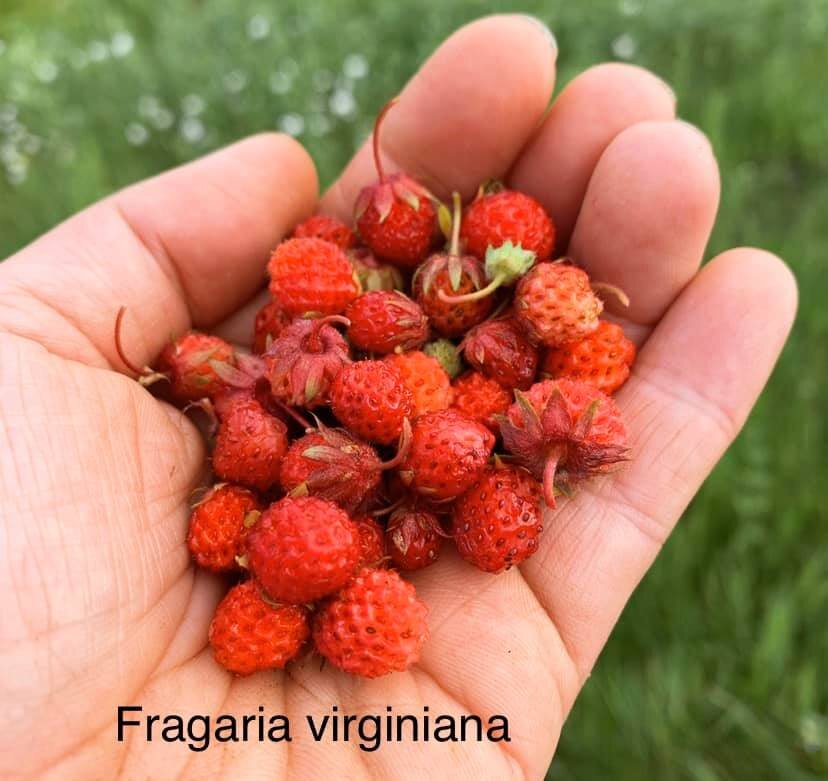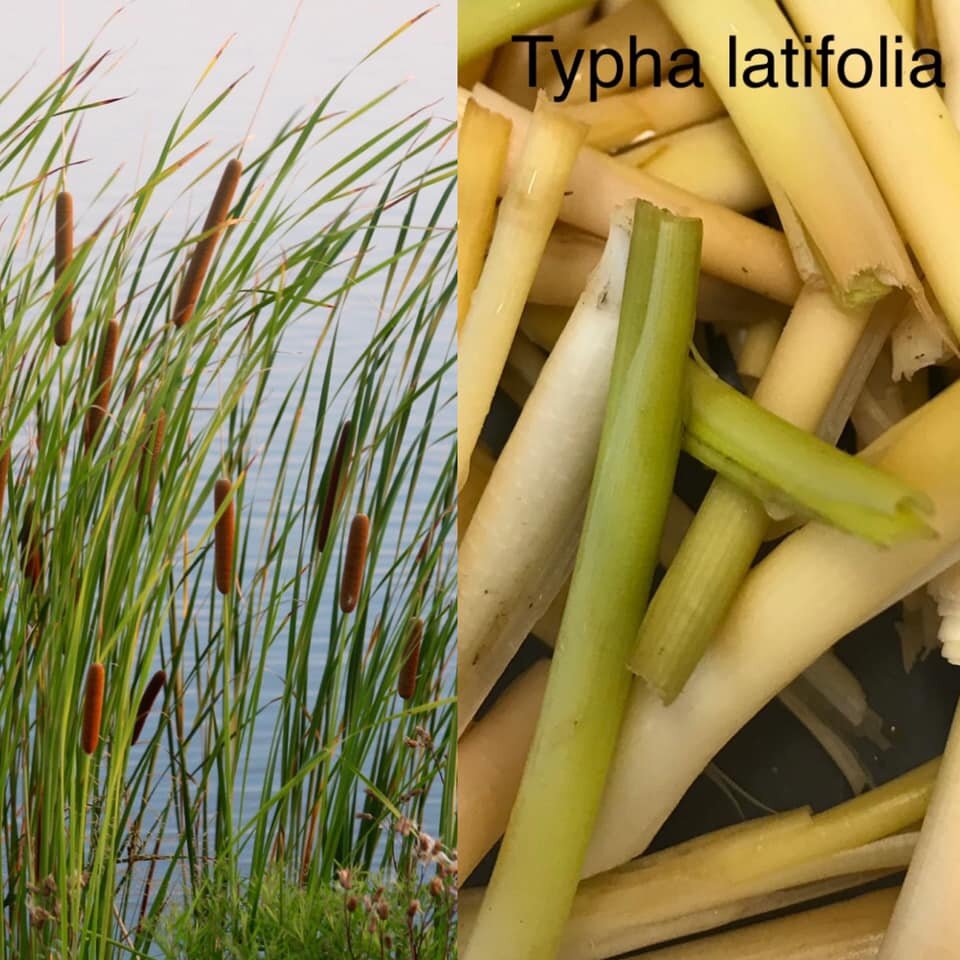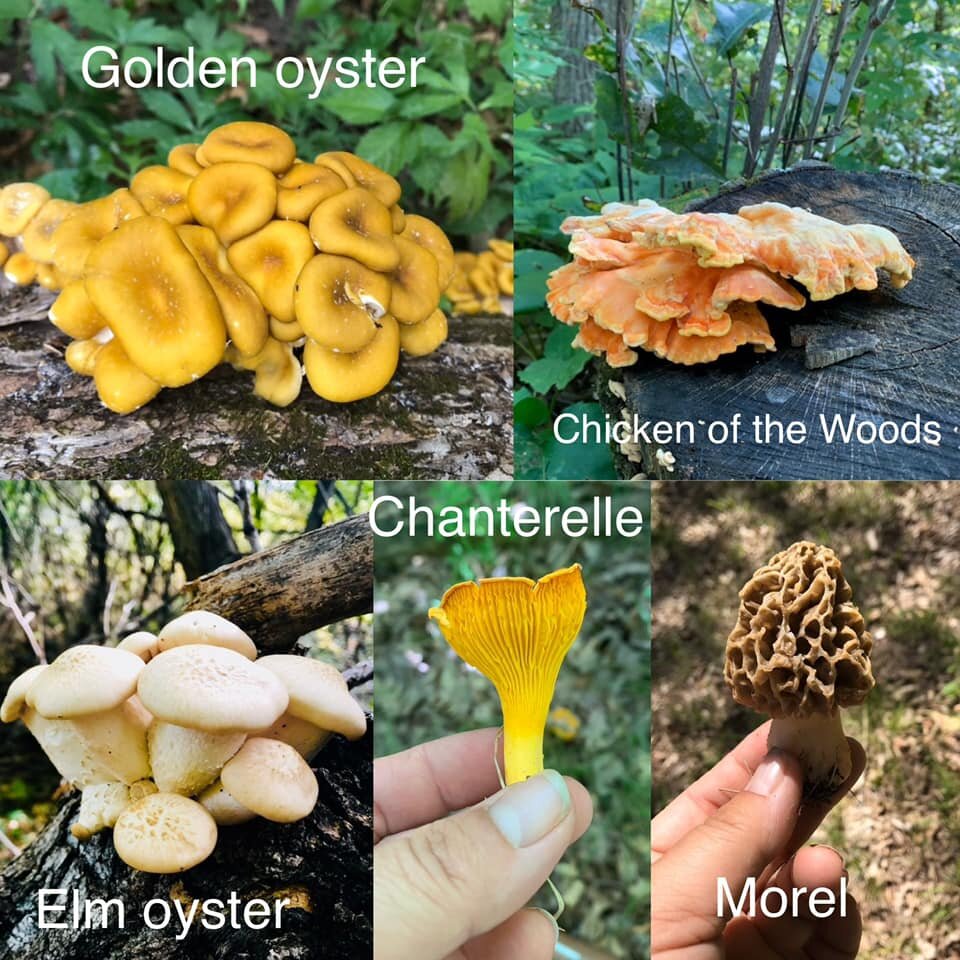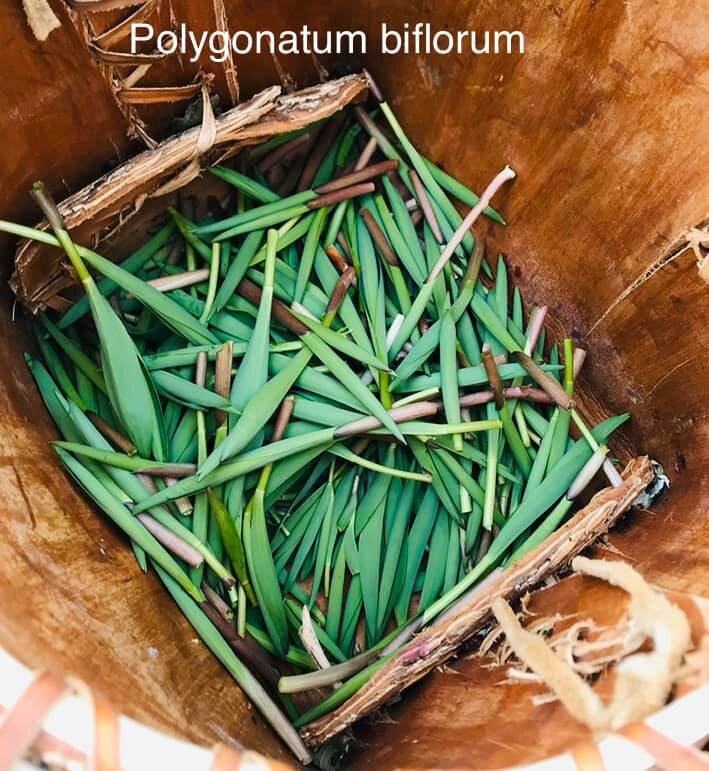Hope in the Time of Stress by Linda Black Elk
What gives you hope and keeps you calm in times of great stress? Family? Friends? Books? Sex? Food?
While I enjoy all of the above in varying quantities (snicker), I believe our traditional foods bring us together, even when we are apart, and they make all of the other things on the list possible. Yes, even sex…and I will go so far as to say that nothing is sexier than our traditional Indigenous foods.
While this article is practical in nature, it is also full of some of my most sacred friends and relatives - the plant nations who give their lives to nourish, protect, and heal us. As we sit in quarantine, I would like for you to think about your traditional foods and make a promise that you will get out and collect them in a good way, following the protocols put in place by your predecessors. Take this indoors time to think about these plants, pray for and with them, and when the time is right, get outside and get to know them.
I often say that food does not just feed us through physical calories. It also nourishes us mentally, emotionally, and spiritually. When I am hunting, fishing, foraging, or gardening, I am in touch with the land, our mother, and I am also witness to the hearts, minds and voices of my ancestors. I am participating in ceremony. I am showing love for my relatives ...the plants, the water, the four-legged animals, and the birds included.
I have also been known to say that I take the phrase “Food is Medicine” very literally. If we are eating the foods of our ancestors, we will be less prone to mental, emotional, and physical illness. In fact, I will be posting a TON my very own photos of some of my favorite edible and medicinal plants and I will detail some of their uses…and you will probably notice that almost all traditional foods have medicinal benefits.
I pray that you will all gain hope from these foods. I pray that you will see them and listen to them with me...and know that we will get through these difficult times. These foods will all grow again. They will reveal themselves very soon because no matter what is happening among humanity.... spring will come again. These plants will provide for us and, if we are lucky, we will provide for them.
We will get through this together. We will.
Stay safe and I love you all.
*****Note: almost all of these photos mine…they are plants that I have gathered and eaten. A few of these photos came from friends whom I gathered and ate with. Please be respectful. Feel free to share, but give credit. I’ve also included a lot of Lakota/Dakota and Ojibwe names, because I want to honor those who made me part of their communities. Finally, this is a purposefully long article. I wanted to provide some positive reading material while you are sitting at home.
Pediomelum esculentum - prairie turnip - thíŋpsiŋla;
This tuber in the legume family is delicious in soups and stews. It is incredibly filling and has an earthy flavor reminiscent of the smell of rain. This is the primary complex carbohydrate of Great Plains tribes. Thíŋpsiŋla are amazing for people with Crohn’s disease and other digestive disorders.
Zizania aquatica - wild rice - psíŋ/manoomin:
Wild rice is one of my most favorite beings. It is so fun to collect, parch, thrash and winnow! Collecting manoomin is by far one of the most fulfilling activities in the world, and I feel so blessed to say that I knocked this rice (in the picture) myself…and parched it too! Along with being delicious and nutritious, wild rice improves lung function and helps heal stomach ulcers.
Corylus americana - hazelnuts - úmahu/bagaan:
Wild hazelnuts are a million times more flavorful than their cultivated counterparts. I made homemade Nutella with the ones pictured. Hazelnuts are also wonderfully anti-inflammatory, they lower cholesterol, and they improve insulin sensitivity.
Prunus virginiana - chokecherries - čhaŋpȟá/asasawemin:
Chokecherries (top) are traditionally crushed whole, formed in to patties, and dried in the sun. The dried patties are reconstituted with water and made in to a sort of pudding called wóžapi. You can also make amazing wóžapi with Prunus americana - wild plum - kȟáŋta/bagesaan but wild plums are delicious dried, too. Both of these fruits help relieve asthma symptoms and they have been found to modulate the release of insulin.
Urtica dioica - stinging nettles - čhaŋíčaȟpehu/mazaan:
As so many of you know, I have a deep, visceral connection with stinging nettles. They’re delicious after a quick blanching (this removes the famous sting of the nettle) and I love them in everything from soup to ravioli to pesto…but they’re also an incredible medicine. They’re anti-inflammatory, so I use them to treat asthma, allergies, arthritis, and a host of other maladies.
Rumex crispus - dock - waȟpé skúya; Viola spp - violet leaves - waȟpé tȟó čík’ala; Vitis
spp - grape leaves - čhuŋwíyapehe iyúwi/zhoominibag:
If I remember correctly, I chopped all of these beautiful greens up, added some fresh garlic, lemon juice, sea salt and olive oil to make a bright gremolata that was served with grilled ribeye. Dock root is a liver tonic, violet leaves are useful for skin issues such as eczema, and grape leaves are high in Vitamin C.
Ledum groenlandicum - swamp tea - waȟpé pteǧá/mashkiigobagwaaboo:
Swamp tea nourishes my soul. The flavor and aroma are intoxicating, but it’s also useful for chest congestion, lung infections, and coughs.
Zea mays - corn - wagméza/mandaamin:
What you see in the photo is some beautiful hogawa flint corn (Haudenosaunee) that I grew… and a steaming bowl of maple-sweetened corn mush made by the best person in the world, Lori Rice.
Phaseolus vulgaris - beans - omníča/mashkodesimin:
Here are two different kinds of beans...Potawatomi limas and some pintos I grew myself. I love them all! Beans are high in fiber and protein. Hey…it’s important to stay regular during quarantine.
Fragaria virginiana - wild strawberries - wazíškeča/ode’imin:
Wild strawberries are the most wonderful thing on Earth. Period. NOTHING is better than wild strawberries...not love, not babies, not money, and not sex…not even all of them at the same time. That said, they’re full of nutrients and the leaves made in to tea are an excellent digestion aid.
Ligusticum porteri - bear root/osha - matȟó tȟapȟežúta:
I first want to say that this plant relative needs to be treated with care, respect, and privacy. She should only be used in great moderation by people who really need her. Bear root is quickly becoming endangered and I want you all to protect her by harvesting conservatively and only purchasing from very reputable people. When I am sick. I use ground bear root to flavor chicken soup. I also make “osha honey” as a cough and cold remedy. It is incredible lung support.
Allium spp. - onions and garlic - pšíŋ/zhigaagawanzh:
There are a multitude of wild onion/garlic/leek species, and all of them are edible. In this photo are some store-bought onions, some beautiful ramps/wild leeks, and some field garlic. They are all yummy in soups and stir fries. A chef friend of mine even uses them in pizza crust...hell yeah! They are all effective at lowering blood pressure and cholesterol, they thin mucous, and they are antimicrobial and antiviral. My grandmother said I would know I had found the right guy when I found the one who didn’t mind my wild onion breath. Thank you Luke!
Vitis riparia - wild grapes - čhuŋwíyapehe iyúwi/zhoomin:
In this photo you see fresh wild grapes, grapes dried on the vine (raisins!) in the middle of winter, and tender spring grape leaves in a salt brine. Whether you’re juicing, making jellies and jams, stuffing grape leaves, or eating them all raw, grapes are high in antioxidants and vitamin C.
Mushrooms! (various species):
I love edible mushrooms...the mushrooms pictured are extremely sought-after by fun-guys (har-dee-har-har). Don’t collect them unless you are accompanied by a professional, as some fungi species are deadly poisonous and it can be tough to identify them. That said, when you can ID mushrooms correctly, there is nothing as delicious as a wild mushroom tart, wild mushroom fried rice, and sautéed mushrooms over venison. Mushrooms are useful for everything from easing opiate withdrawals to cleansing the liver.
Rubus idaeus - wild raspberries - tȟakȟáŋhečahu/miskomin:
Raspberries make the brightest jam, in my opinion. They have tons of applications, but many people forget about the incredible leaves! Raspberry leaves tone the uterus and help relieve menstrual cramps.
Typha latifolia - cattails - wihúta hú/apakweshkway:
Cattails are basically their own grocery store. The pollen is a nutritious flour additive for pancakes, the young tender shoots are great in soups, salads, and stuffing, the green “spike” in the early spring can be used in stir fries, or breaded and fried. The rhizomes can be ground in to flour. The “fluff” is both waterproof and insulating, so it is great for everything from pillows to moccasins.
Perideridia gairdneri – yampah – itká húte;
The Lakota name of this plant translates to “testicle root” and if you look at the photo, you’ll see why. The roots are almost always borne in pairs…looking like a pair of balls. *I beg your pardon* These testicles, however, are much more delicious than the other kind. They taste like a sweet, almost anise-laced carrot, which can be roasted, creamed (lol), or fried. An infusion of the roots calms the stomach to relieve nausea.
Asarum canadense - wild ginger - hutkȟáŋzi/namepi:
Wild ginger has a spicy sweet fragrance and flavor. It makes delicious infused syrups, teas, and stir fries, but please use caution. This plant is very sensitive and should only be harvested sustainably. Do not harvest more than you absolutely need. That said, it is a wonderful medicine for chronic chest complaints including asthma. It is also used to thin mucous and make coughs more productive.
Polygonatum biflorum - Solomon’s seal - zuzéča tȟawóte hu tȟaŋkíŋyaŋ héčha/naaniibide’oodegin:
This must be one of the least known spring edibles. Every time I introduce someone to Solomon’s seal shoots, they become enchanted with the flavor and texture of this delicious green. My favorite way to eat them is to blanch them in salted water for 20 seconds, put them into an ice bath, squeeze out all the excess water, and season with a tiny bit of sesame oil and kosher salt. It pairs perfectly with wild rice. The roots are mildly laxative.
Monarda fistulosa - beebalm - waȟpé waštémna/ka-bi-sani-gwe-iag:
Some people refer to this plant as horsemint and wild oregano. If you have never made beebalm shortbread, now is your chance. It’s mind blowing. Beebalm is equally nice in pizza sauce and salad dressings. It just so happens that, along with its culinary applications, it is extremely antimicrobial.
Acer spp.- maple sap - čháŋhaŋpi/ziinzibaakwadwaaboo:
I don’t think I need to espouse the unbelievable deliciousness of maple syrup. But you might not know that the syrup, in spite of the fact that it is sweet, it is fairly low glycemic index and contains compounds that regulate blood sugar. It is also anti-inflammatory, and is known to protect against cancer.
Asclepias speciosa - milkweed - itóptasapa tȟapȟéžuta/ininiwanzh:
In the photo you will see some gorgeous, tender milkweed flower buds and stems that I harvested in early summer. They’re perfect in soups and casseroles. I also love to eat the young shoots in the spring…blanched and served with a garlic aioli. Milkweed latex is used to diminish warts.
Fiddlehead Ferns watȟótho nakšá/waagaagan:
There are two different species of fiddlehead fern in this photo…Matteuccia struthiopteris is the ostrich fern. This plant being always gives me the hope of spring. It has a flavor reminiscent of asparagus, and it can be eaten raw, steamed, sautéed, fried or cooked in soups and stews. They are absolutely packed with Vitamin A and Beta Carotenes. Pteridium aquilinum is the bracken fern. These MUST be cooked before being eaten. Blanch them for about 4-6 minutes and then freeze or even dry them for later. A poultice of the whole plant is used as a bone knitter.
Ribes americanum - gooseberries - wičhágnaška/ozhaaboomin:
Currants, also known as gooseberries, have a uniquely transcendent flavor. I love them. They are delicious in savory and sweet dishes, fresh, dried, or cooked. A decoction of the roots is used to tone the uterus and to treat kidney issues.
Rosa spp. - wild rose - uŋžíŋžiŋtkahu/ogin:
Wild rose is an incredibly versatile plant. Have you ever made wild rose petal jam? It tastes the way roses smell…delightful and different. I also use rose hips (the berries) to make both jelly and jam, but they also make tasty tea that is super high in Vitamin C. Rose root and rose hips are also used to treat kidney and gallstones.
Gentiana andrewsii – bottle gentian – kapȟópa/maazhi-miskwaa waabigwan:
Gentian root is unequivocally bitter. But I truly believe that bitter foods are the best medicine, and that we need to retrain our palates to appreciate bitter flavors instead of just sweet and salty. Along with making gorgeous bitter infusions, gentian infusions are wonderful for digestion.
Squash – wagmu/okanakosimaan: This is a photo of a huge winter squash known as “gete okosomin.” It is buttery sweet and absolutely delicious. I love all kinds of squash, but there’s something about this variety that always makes me happy...whether it is roasted, pureed, fried or made into soups and stews. Best of all, squash is loaded with potassium and beta carotene.

